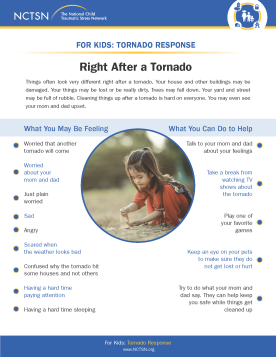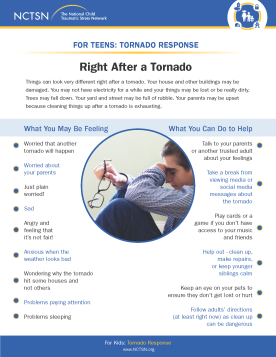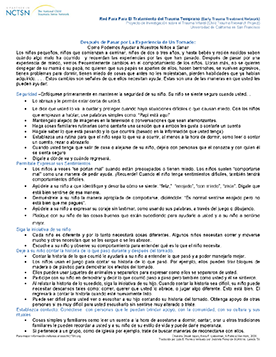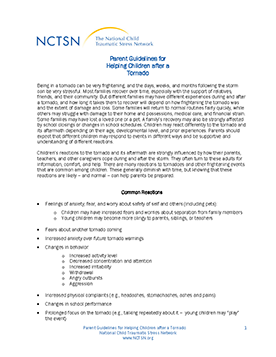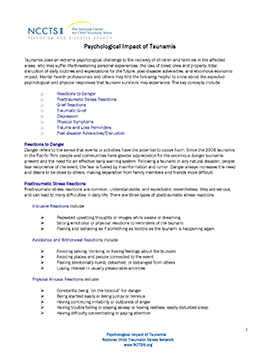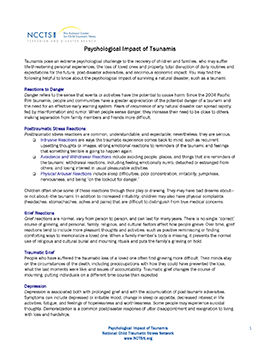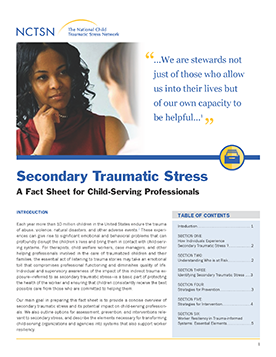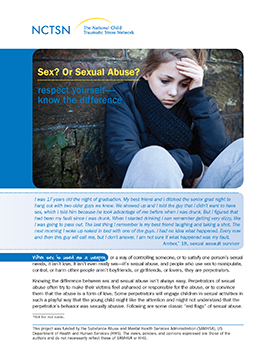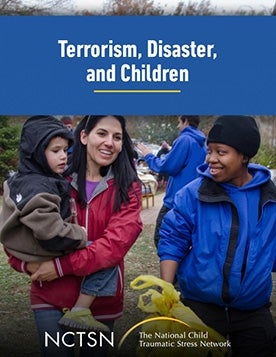
A Decade of Growth: Reflections on What We Have Learned Since 9/11
Describes poignant moments in the response to the September 11 terrorist attacks. This webinar discusses the impact on first responders' work, the role of the NCTSN, and what has occurred in the last decade for the disaster mental health field.

